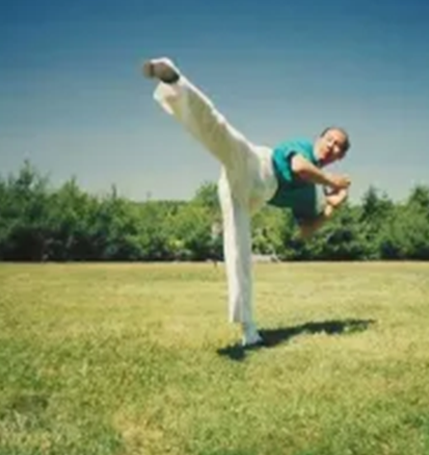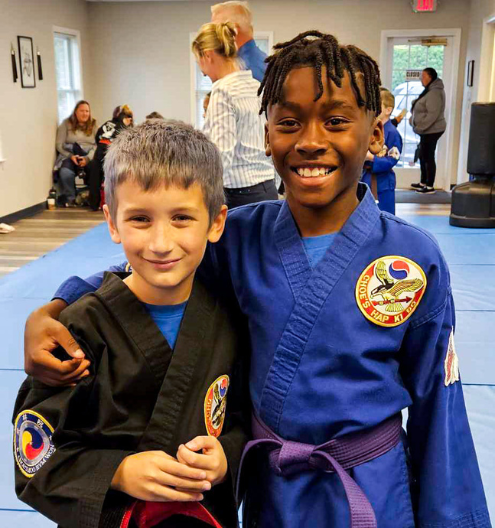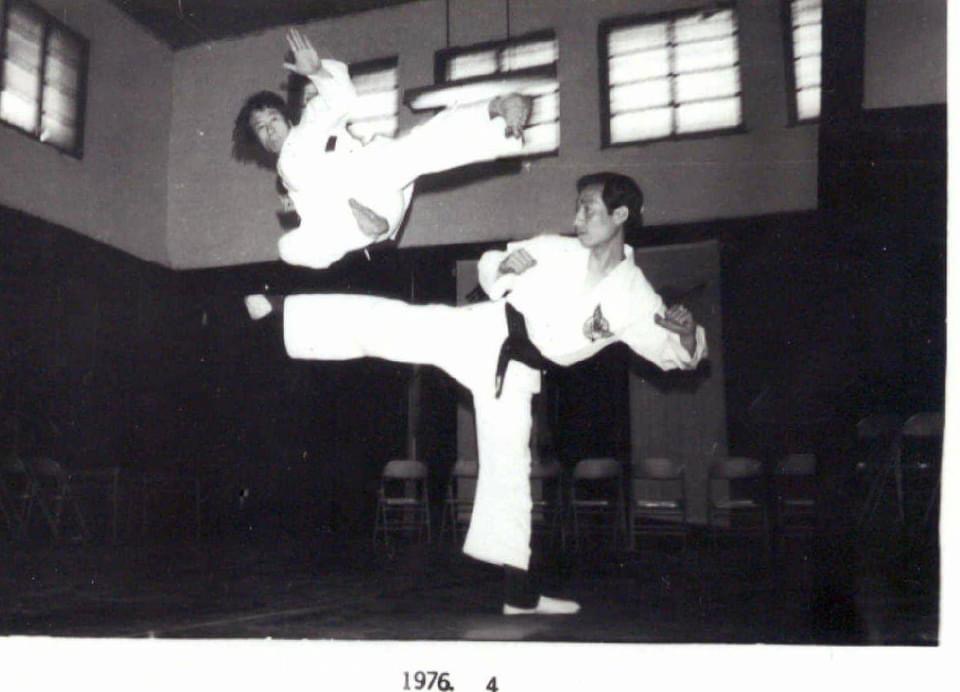As martial arts continue to grow in popularity, many people encounter various terms that describe different styles and approaches. One such term that has gained attention is “Combat HapKiDo.” But what exactly does it mean, and how does it compare to Traditional HapKiDo? Understanding these differences can help you make an informed decision when choosing a martial art to practice.
What Is Combat HapKiDo?
Combat HapKiDo is often marketed as a modern, self-defense-focused variation of HapKiDo. The term is used by some schools to emphasize a streamlined approach to martial arts training, focusing on techniques that can be quickly learned and applied in real-world situations. Combat HapKiDo typically highlights its practical, no-nonsense approach to self-defense.
The Marketing of Combat HapKiDo
The term “Combat HapKiDo” is largely a marketing strategy designed to attract students looking for straightforward self-defense training. By using this term, schools aim to differentiate their programs from other martial arts or even other HapKiDo schools that may incorporate more traditional elements.
1. Emphasis on Practicality
Combat HapKiDo programs often focus on practical self-defense techniques that can be immediately applied. This approach is appealing to individuals seeking quick, effective self-defense skills.
2. Differences Highlighted in Marketing
Combat HapKiDo is often distinguished by its emphasis on low kicks, minimalistic breakfalls and throws, and a focus on techniques that require less time to master. However, these differences are often more about marketing than substantial deviations from the core principles of HapKiDo.
Traditional HapKiDo: A Comprehensive Martial Art
Traditional HapKiDo offers a comprehensive approach that includes a wide range of techniques designed to be effective in various situations. This traditional approach is rooted in principles that have been developed and refined over generations.
1. Diverse Techniques for Self-Defense
Traditional HapKiDo encompasses a broad spectrum of techniques, including strikes, joint locks, throws, and pressure points. A variety of kicks are taught for their effectiveness in certain situations and for developing flexibility and strength.
2. Breakfalls and Throws
In Traditional HapKiDo, breakfalls and throws are essential components of the curriculum. These techniques are not only effective for self-defense but also teach students how to fall safely, a crucial skill in any physical encounter. They are applied in a way that maintains focus on self-defense, ensuring that students are well-prepared for real-world scenarios.
3. Focus on Control and Balance
Traditional HapKiDo emphasizes balance, control, and the redirection of an opponent’s energy. These principles allow practitioners to neutralize threats with minimal effort, making it a highly effective martial art for individuals of all sizes and strengths.
4. Holistic Development
Beyond physical techniques, Traditional HapKiDo focuses on developing mental discipline, respect, and self-control. These elements are integral to the martial art and are emphasized throughout the training process. Students learn to approach self-defense with a calm and focused mind, which is as important as the physical skills they acquire.
Combat HapKiDo vs. Traditional HapKiDo: Understanding the Differences
1. Training Techniques
Combat HapKiDo emphasizes quick, practical techniques, often marketed as being more directly applicable to self-defense. Traditional HapKiDo, however, provides a comprehensive training regimen that includes high kicks, breakfalls, and throws, all of which contribute to a well-rounded skill set.
2. Application in Real-World Scenarios
Both Combat and Traditional HapKiDo are effective in real-world self-defense situations. However, Traditional HapKiDo offers a more diverse set of techniques, allowing practitioners to adapt to a wider range of situations.
3. Training Philosophy
Traditional HapKiDo includes not only physical training but also mental and philosophical development. This holistic approach is a key differentiator, providing students with tools that go beyond just physical self-defense.
Why Choose Traditional HapKiDo?
For those seeking a comprehensive martial arts experience, Traditional HapKiDo offers a rich and varied training program that prepares students for real-world scenarios. While Combat HapKiDo may appeal to those looking for a more streamlined approach, Traditional HapKiDo provides a deeper understanding of the art, including its history, philosophy, and full range of techniques.
1. A Well-Rounded Skill Set
Traditional HapKiDo practitioners develop a diverse skill set that is effective in a wide range of scenarios. The inclusion of high kicks, breakfalls, and throws enhances a martial artist’s overall agility, strength, and coordination.
2. Mental and Physical Development
The holistic approach of Traditional HapKiDo helps students develop both physical strength and mental discipline, focus, and respect. This balanced development is a key reason why many choose Traditional HapKiDo.
3. A Legacy of Tradition

Traditional HapKiDo is deeply rooted in history and tradition, providing a sense of connection to the martial artists who have practiced and refined these techniques over generations. For those who value the historical and cultural aspects of martial arts, Traditional HapKiDo offers a meaningful and enriching experience.
Conclusion: Choosing the Right Path
Whether you’re interested in the modern approach of Combat HapKiDo or the traditional practices of HapKiDo, it’s important to choose a path that aligns with your goals and values. If you’re seeking a comprehensive martial art that offers both effective self-defense and a deeper understanding of martial arts principles, HapKiDo may be the right choice for you.
At our schools, we offer Traditional HapKiDo training that covers the full spectrum of techniques, from strikes and kicks to joint locks and throws. We emphasize not only physical skill but also the mental and philosophical aspects of the art, providing a well-rounded martial arts education.
Explore our HapKiDo classes and discover how this comprehensive martial art can benefit you both physically and mentally. Whether you’re new to martial arts or looking to deepen your practice, we welcome you to join our community and start your journey in Traditional HapKiDo.









